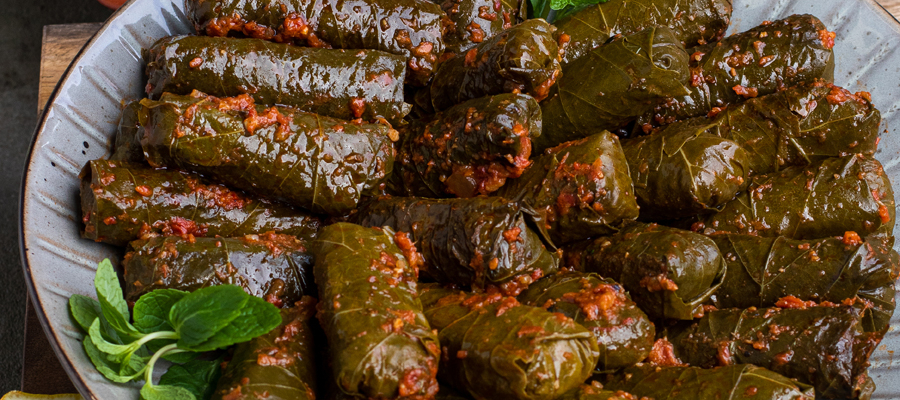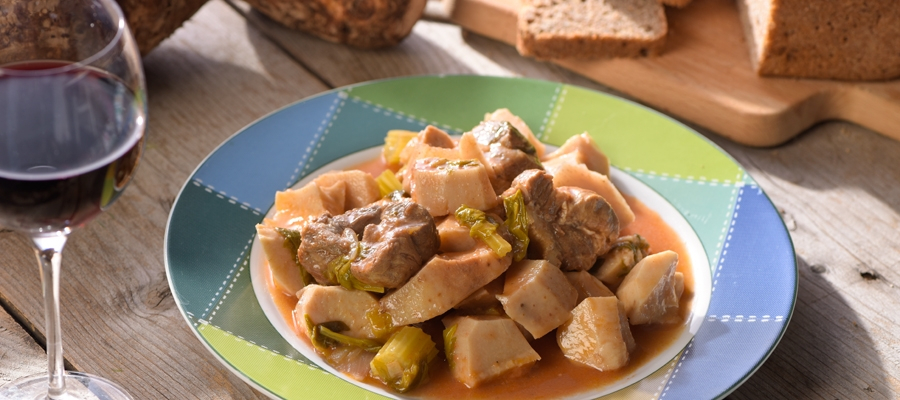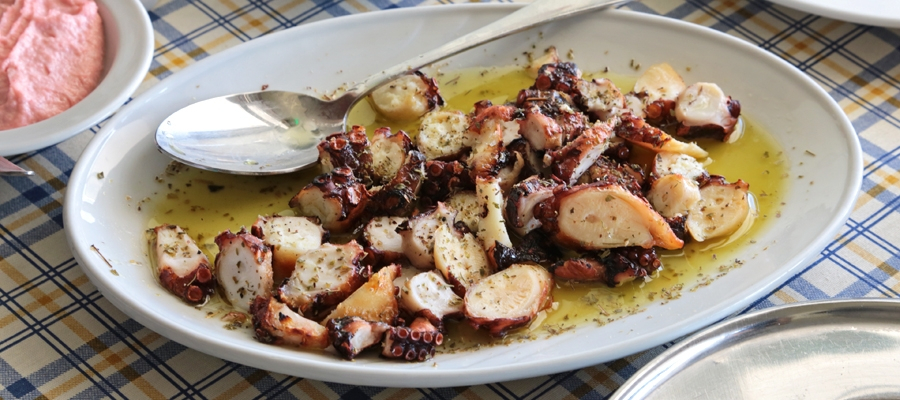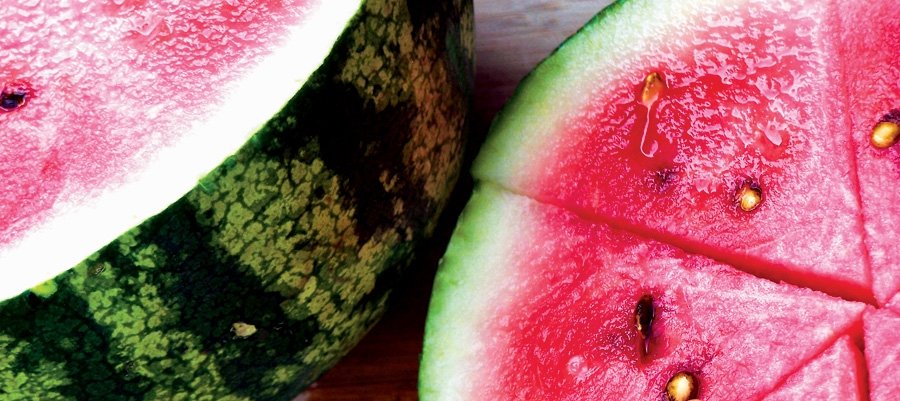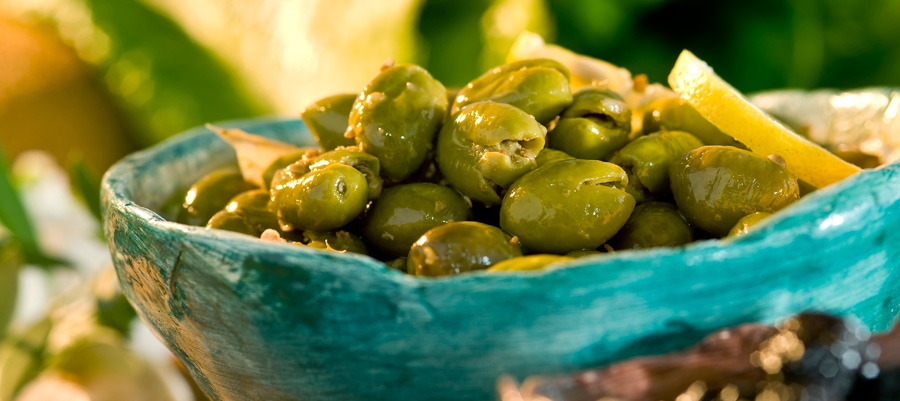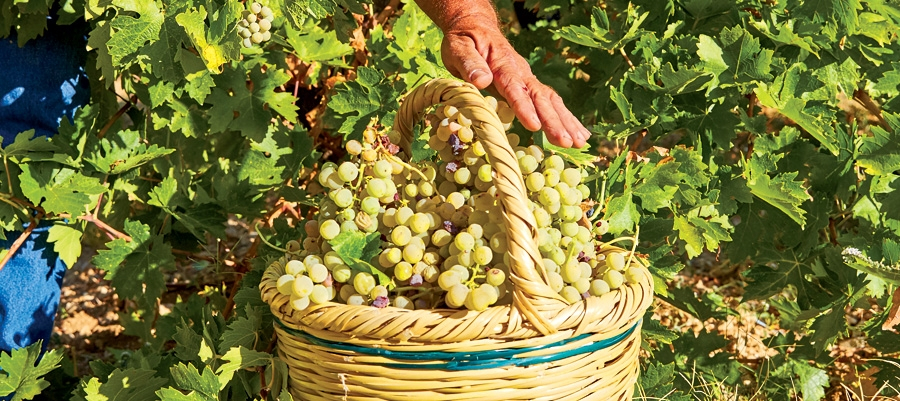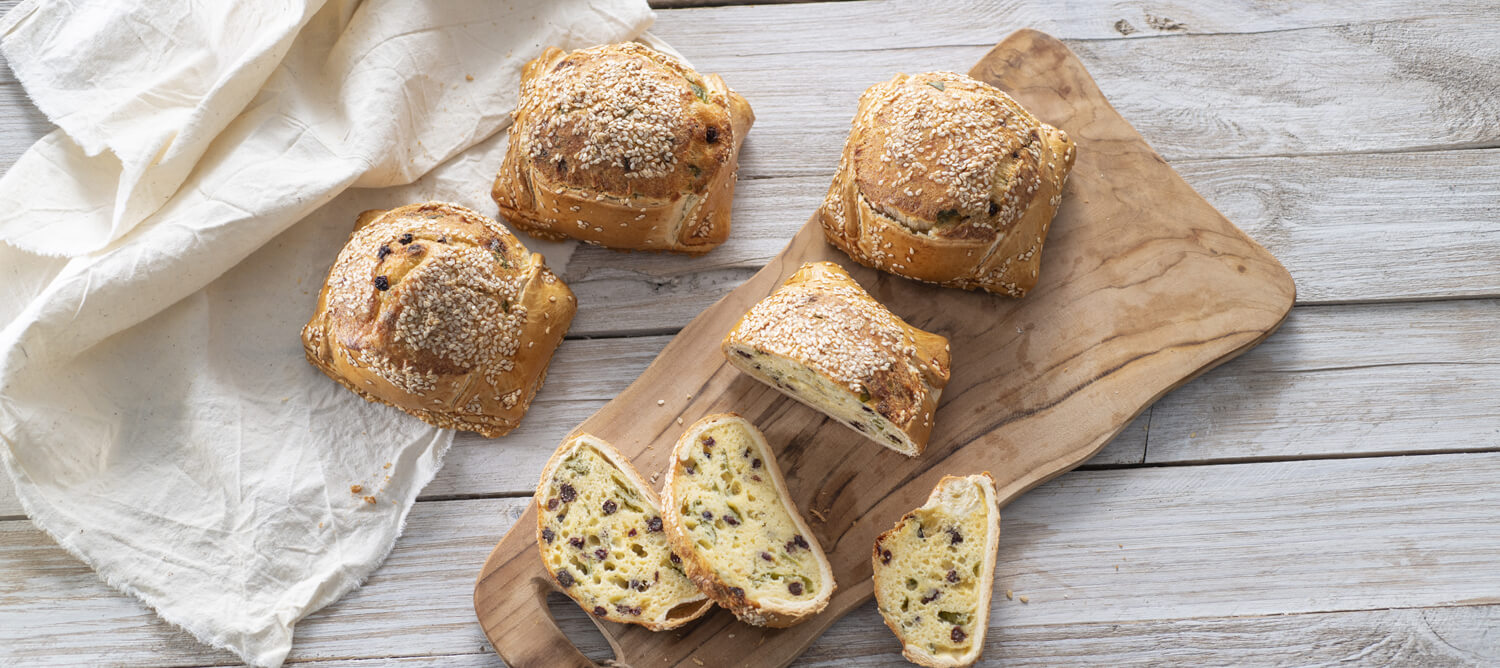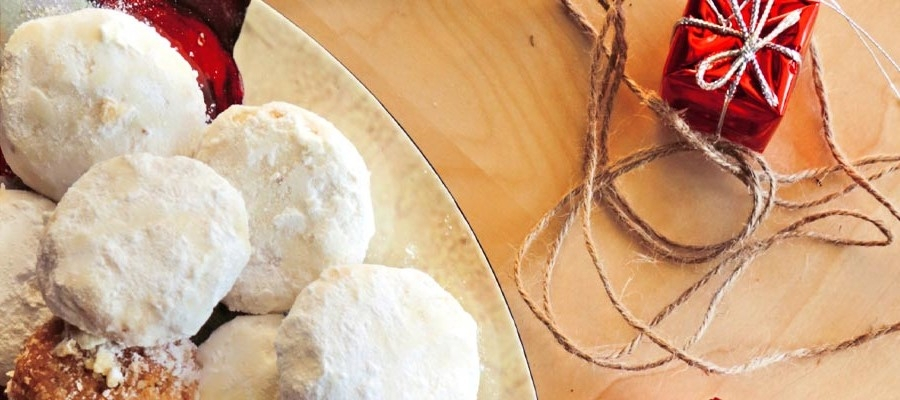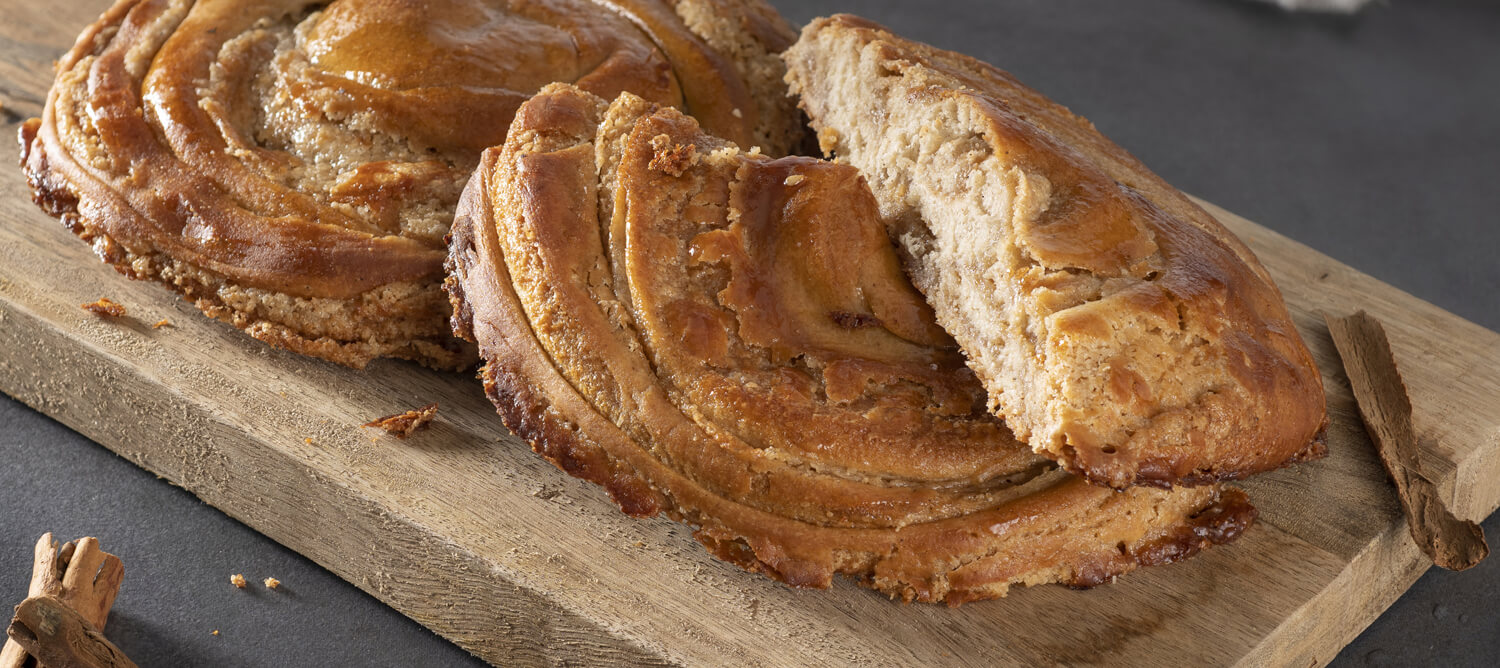Ingredients:
(Serves 4)
25 vine leaves
½ cup olive oil
1 small onion, finely chopped
250g minced lean pork
3 red tomatoes, grated
⅓ cup tomato juice
⅓ cup short grain white rice
¼ cup lemon juice
Half bunch parsley, finely chopped
1 tbsp dry or fresh chopped mint
¼ cup olive oil
Salt & pepper to season
Preparation:
Sauté the onions in the oil. Add the mince and stir until cooked.
Add the grated tomatoes and tomato juice, and bring to the boil.
Add the washed rice, salt, pepper, mint, parsley and lemon juice and parboil.
Blanch the vine leaves in boiling water for a few seconds only, and drain.
Stuff the vine leaves by placing the leaf upside-down on a clean surface. Take some of the meat mixture, place it on the vine leaf near to the stem end and fold the stem end over the mixture, then fold in the sides of the leaf and roll up to make a neat package. Be careful not to overfill, as the rice will expand when fully cooked.
Pack the koupepia into a saucepan, add some additional grated tomato on top, plus the ¼ cup of olive oil and a little water to just cover.
Place an inverted plate on top to prevent the koupepia from unravelling.
Cover the pan and simmer for 15-20 minutes, or until the rice is cooked.
Leave to cool a little before serving.
Note: With this filling you can also prepare stuffed cabbage leaves or other vegetables (Gemista).

